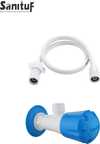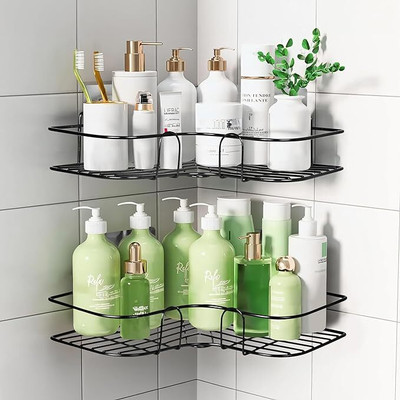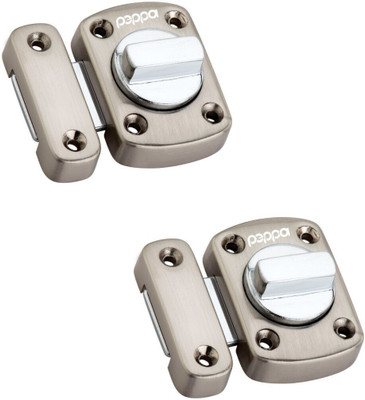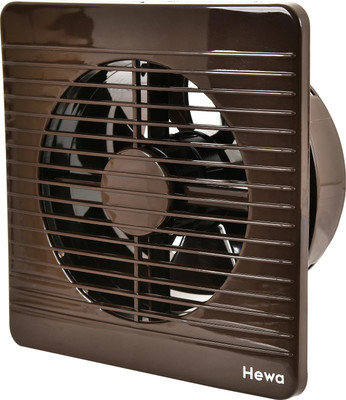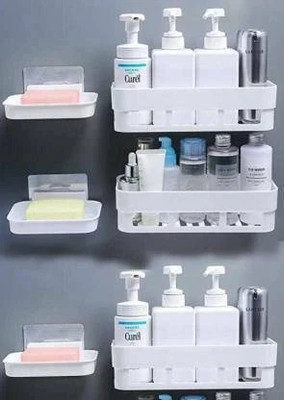
Sanituf Premium Quality Angle Valve with 24inches Connection Pipe (with tightening key) Premium Quality Angle Valve with 24inches Connection Pipe Bib Tap Faucet (Wall Mount Installation Type)
Share
Sanituf Premium Quality Angle Valve with 24inches Connection Pipe (with tightening key) Premium Quality Angle Valve with 24inches Connection Pipe Bib Tap Faucet (Wall Mount Installation Type)
4
31 Ratings & 5 ReviewsSpecial price
₹207
₹499
58% off
Hurry, Only a few left!
Available offers
T&C
T&C
T&C
T&C
Delivery
Check
Enter pincode
Delivery by9 Sep, Tuesday
?
if ordered before 6:59 AM
Installation & Demo by12 Sep, Friday|₹238
View Details
Highlights
- Type: Bib Tap, Handle Controlled
- Made of: Plastic
- Wall Mount Installation Type
- Inclusions: 1 Angle Valve, 1 connection pipe
Services
- Cash on Delivery available?
Seller
Description
Valves:
Valves are essential components of plumbing systems that control the flow of fluids, such as water, gas, or oil, within pipes. They come in various types, each serving specific purposes in regulating, diverting, or stopping the flow of fluids. Here are some key points about valves:
Functionality: Valves regulate the flow of fluids by opening, closing, or partially obstructing the passage within pipes.
Types: Common types of valves include ball valves, gate valves, globe valves, butterfly valves, and check valves, each with unique designs and applications.
Materials: Valves are typically made from durable materials such as brass, stainless steel, or PVC, chosen based on factors like fluid type, pressure, and temperature.
Applications: Valves are used in various industries and applications, including residential plumbing, industrial processes, HVAC systems, and irrigation systems.
Maintenance: Proper maintenance, including periodic inspection and lubrication, ensures the smooth operation and longevity of valves, preventing leaks and malfunctions.
Connection Pipes:
Connection pipes are integral components of plumbing systems that link fixtures, appliances, and valves to the main supply lines. They come in different sizes, materials, and configurations to accommodate various plumbing needs. Here's a description of connection pipes:
Purpose: Connection pipes establish the connection between plumbing fixtures, such as sinks, toilets, showers, and appliances, and the main supply lines for water, gas, or drainage.
Materials: Connection pipes are commonly made from materials like copper, PVC (polyvinyl chloride), PEX (cross-linked polyethylene), or stainless steel, chosen based on factors like durability, flexibility, and compatibility with the fluid being transported.
Types: Connection pipes come in different types, including supply lines (for delivering water to fixtures), drain pipes (for carrying wastewater away from fixtures), and gas lines (for transporting natural gas or propane).
Fittings: Connection pipes feature fittings like couplings, elbows, tees, and adapters to facilitate secure and leak-free connections between pipes and fixtures.
Installation: Proper installation of connection pipes is essential to ensure reliable and leak-free plumbing systems. This includes proper sizing, alignment, and securing of pipes and fittings, following local building codes and regulations.
Read More
Specifications
| Model Name |
|
| Model Number |
|
| brand_color |
|
| Sales Package |
|
| Pack Of |
|
| Net Quantity |
|
Manufacturing, Packaging and Import Info
Ratings & Reviews
4
★
31 Ratings &
5 Reviews
- 5★
- 4★
- 3★
- 2★
- 1★
- 13
- 10
- 4
- 2
- 2
5
Best in the market!
Superb
READ MOREFlipkart Customer
Certified Buyer, Siwan District
Mar, 2024
0
0
Report Abuse
3
Good
Jast ok
READ MOREFlipkart Customer
Certified Buyer, Dhemaji District
Mar, 2024
0
0
Report Abuse
5
Just wow!
Good quality product
READ MOREvijaya prabakaran
Certified Buyer, Thoothukkudi District
Aug, 2023
0
0
Report Abuse
+
All 5 reviews
Be the first to ask about this product
Safe and Secure Payments.Easy returns.100% Authentic products.
Back to top

